Increased Awareness of Acid-Related Disorders
There appears to be a growing awareness regarding acid-related disorders, which is positively influencing the Ranitidine Market. Educational campaigns and healthcare initiatives have played a crucial role in informing the public about conditions such as peptic ulcers and GERD. As individuals become more knowledgeable about the symptoms and potential complications of these disorders, they are more likely to seek medical advice and treatment. This heightened awareness is reflected in the rising sales of Ranitidine, as patients recognize the importance of managing their conditions effectively. Market data suggests that the demand for Ranitidine has seen a notable increase, indicating that the Ranitidine Market is poised for further expansion as awareness continues to grow.
Aging Population and Increased Healthcare Access
The demographic shift towards an aging population is a significant factor driving the Ranitidine Market. Older adults are more susceptible to gastrointestinal disorders, leading to a higher demand for medications like Ranitidine. As healthcare access improves in various regions, more elderly individuals are receiving diagnoses and treatments for acid-related conditions. This trend is supported by demographic data indicating that the proportion of individuals aged 65 and older is steadily increasing. Consequently, the Ranitidine Market is likely to experience growth as healthcare systems adapt to meet the needs of this demographic. Additionally, the expansion of healthcare services may facilitate greater awareness and treatment of acid-related disorders among older adults.
Evolving Treatment Guidelines and Recommendations
The evolution of treatment guidelines for acid-related disorders is shaping the Ranitidine Market. As clinical research advances, healthcare professionals are continually updating their approaches to managing conditions like GERD and peptic ulcers. Recent guidelines emphasize the importance of effective pharmacological interventions, which include Ranitidine as a viable option. This shift in clinical practice is likely to enhance the market for Ranitidine, as healthcare providers increasingly recommend it based on updated evidence. Furthermore, the Ranitidine Market may see a boost from the integration of Ranitidine into standardized treatment protocols, ensuring that patients receive timely and effective care for their acid-related conditions.
Rising Prevalence of Gastroesophageal Reflux Disease
The increasing incidence of gastroesophageal reflux disease (GERD) is a primary driver for the Ranitidine Market. As lifestyle changes and dietary habits contribute to a higher prevalence of GERD, the demand for effective treatments escalates. According to recent health statistics, GERD affects a significant portion of the population, leading to a surge in prescriptions for medications like Ranitidine. This trend indicates a growing market potential, as healthcare providers seek reliable solutions for managing GERD symptoms. The Ranitidine Market is likely to benefit from this rising demand, as patients increasingly turn to Ranitidine for relief from heartburn and acid reflux. Furthermore, the awareness of GERD's long-term complications may prompt more individuals to seek treatment, further bolstering the market's growth.
Cost-Effectiveness of Ranitidine Compared to Alternatives
The cost-effectiveness of Ranitidine relative to alternative treatments is a compelling driver for the Ranitidine Market. As healthcare costs continue to rise, both patients and providers are seeking affordable options for managing acid-related disorders. Ranitidine, often available as a generic medication, presents a financially viable solution for many individuals. Market analysis indicates that the price point of Ranitidine makes it an attractive choice compared to newer, more expensive alternatives. This economic advantage is likely to sustain demand within the Ranitidine Market, as cost-conscious consumers prioritize effective yet affordable treatment options. Consequently, the market may continue to thrive as Ranitidine remains a staple in the management of acid-related conditions.


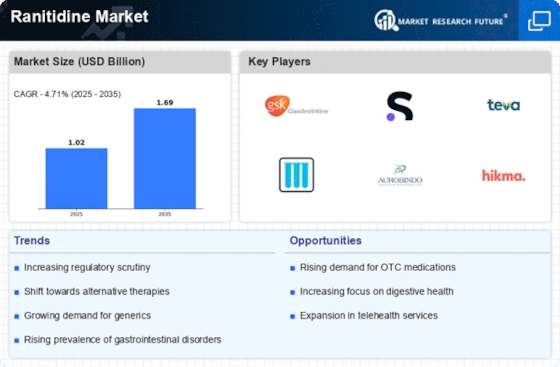
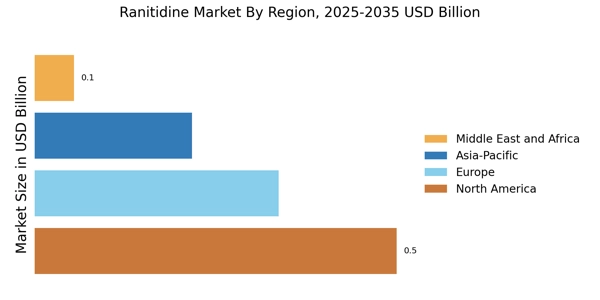
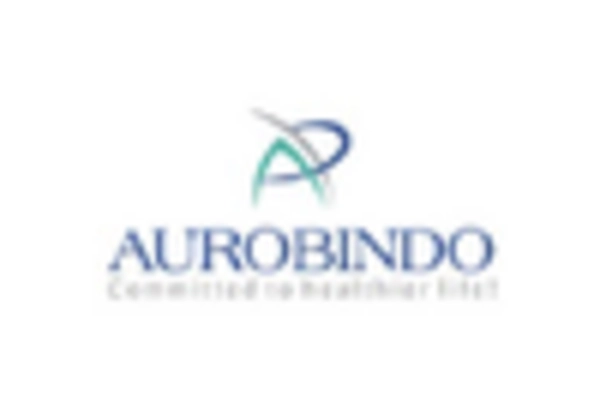

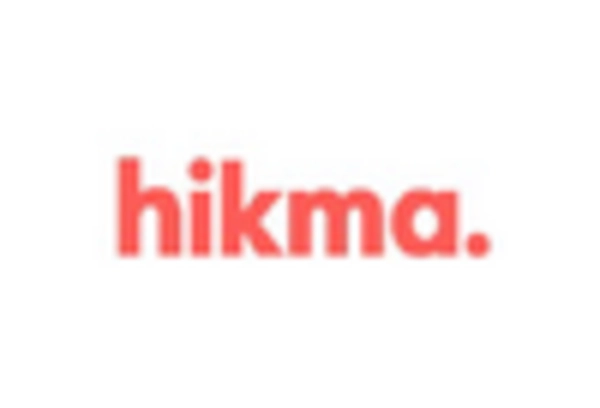
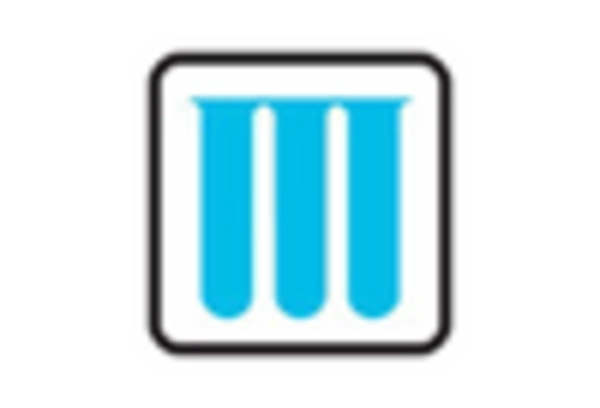










Leave a Comment